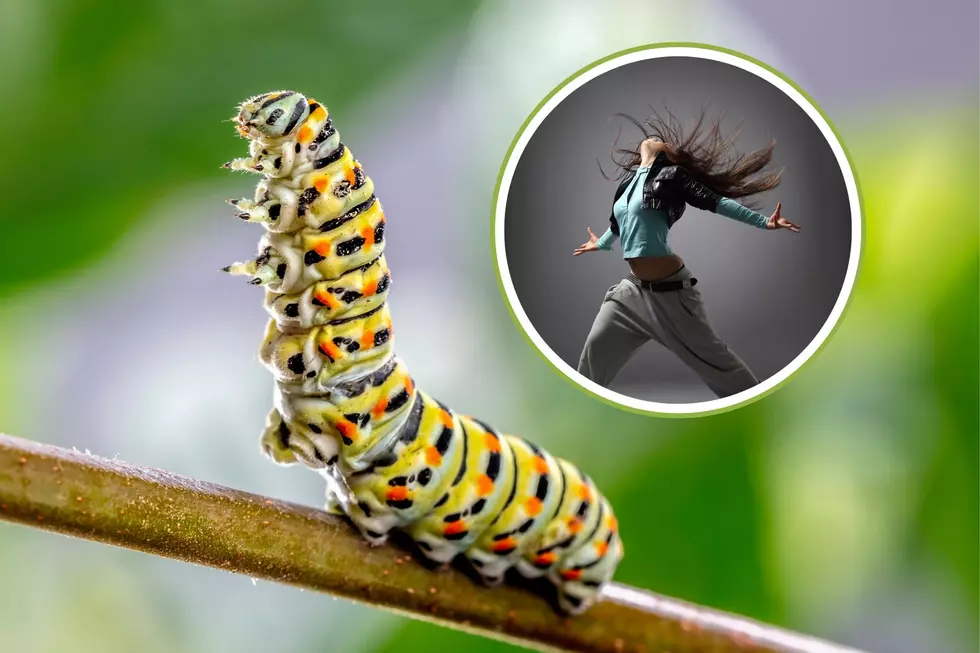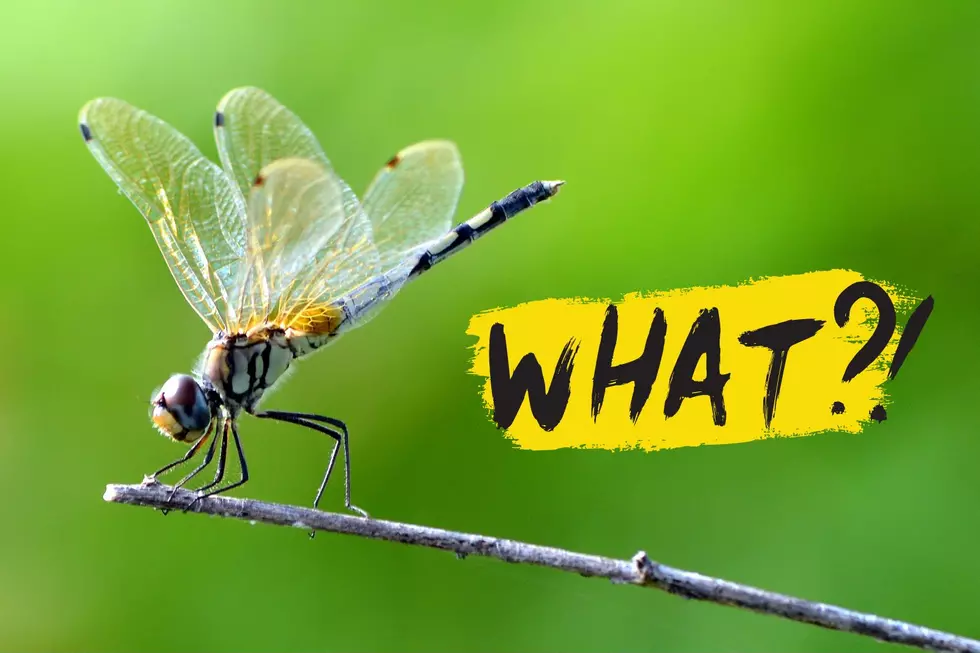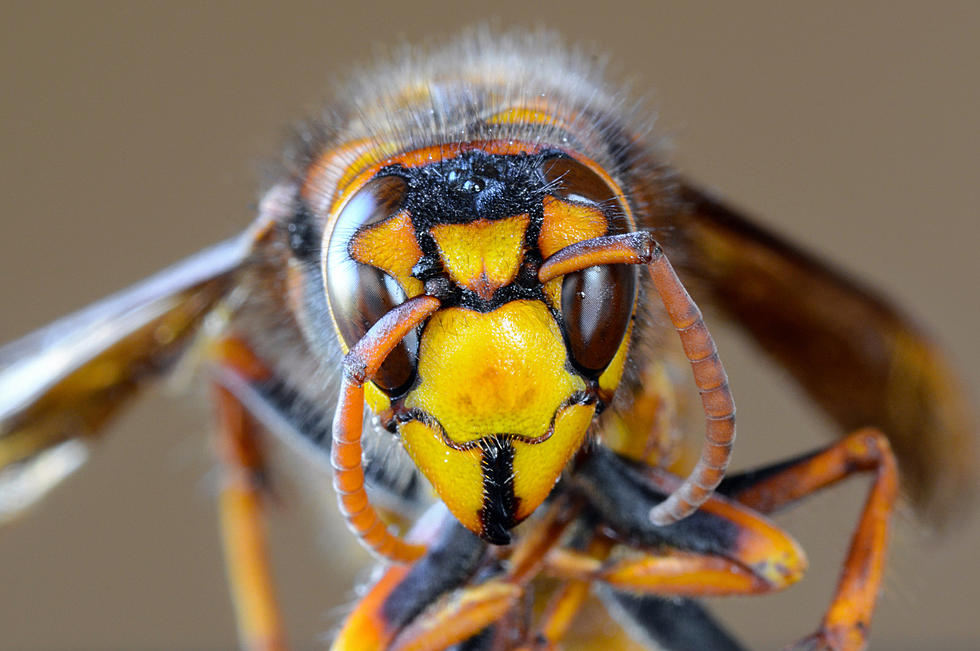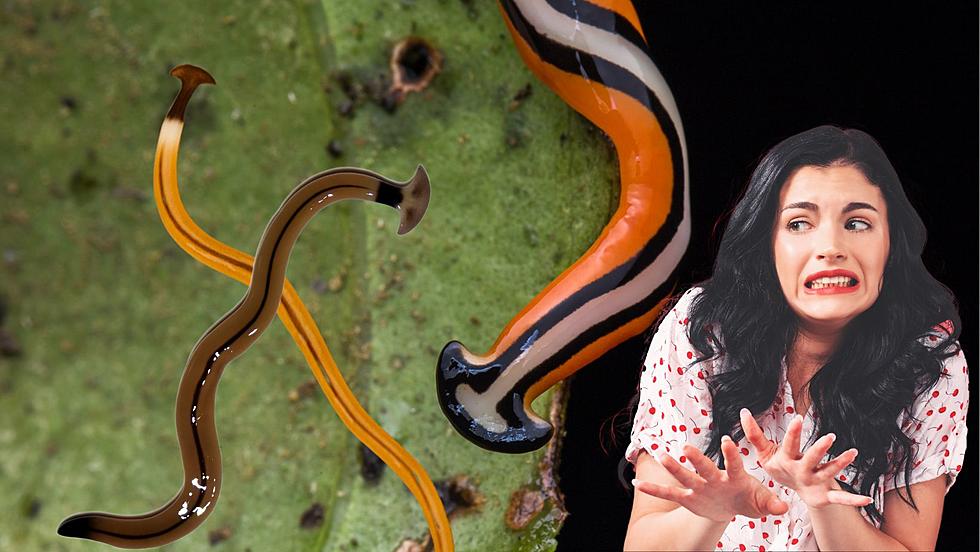
If You Come Across This Crazy Caterpillar in Kentucky, Do Not Touch It!
Even though I don't have the greenest thumb, I love learning about gardening. I'm in a Facebook group specifically for Kentucky gardening where folks share tips, pictures of things they grow, and also interesting things they encounter while working outside.
I still have aliens on my brain right now, so when I came across a picture of these vivid little critters, that was the first thing I thought of. They look like they are from another planet, they are so weird! From the funky pattern and coloring to the tons of tiny little furry antennae, I was fascinated by what I have since found out are called Saddleback Caterpillars.
Don't Pet the Caterpillars
The number one rule when it comes to these guys is DO NOT TOUCH. Now, I may be in the minority here, but I think they are super cute. A face only a mother could love, I guess, but I could totally see myself going to pick one of them up if I ever were to see one out in the wild. I would surely regret it!

Saddleback Caterpillar (Sibine stimulea)
According to the University of Kentucky, "The caterpillar is brown in front and rear, green in the middle with a purple spot in the center of the green saddle. There are two prominent horns on both the front and rear. Stings by this insect can cause severe irritation. Saddlebacks can be common and are typically found on deciduous trees such as basswood, chestnut, cherry, oak, and plum, but occasionally they can be numerous on corn."
Those little whiskers can pack a serious punch. Like bee stingers, they are hollow quills that connect to poison glands under the skin. However, the burn that comes from these caterpillars is way worse than a bee sting. They serve to protect the little crawlers from being eaten by predators, and gardening enthusiasts are just caught in the crossfire. They are incredibly painful and some say hurt more than any other garden pest.
How to Treat a Saddleback Caterpillar Sting
If you do happen to come into contact with this caterpillar, don't go with your first instinct to use your hand to brush it away! Find a stick or garden tool that way you aren't hurting in multiple places. You may feel your lymph nodes swell and even nausea in some cases. The skin will redden and welt up. Try to wash the sting with soap and water and remove any spines that may remain. An adhesive tape can be helpful for this. Hydrocortisone cream and a cold compress will help relieve some of the irritation, but it is not going to be fun for a little while. Time is really all that can help, but if you have a history of allergic reactions to bees or insects, it would be a good idea to visit convenient care just in case. The affected area could take up to a few days to start feeling normal again.
I haven't been able to find anything useful about the Saddleback Caterpillar. They are really only food for insect predators like the Paper Wasp or Assasin Bug which both sound interesting themselves, but I don't think I would want to come across them in nature either. The Saddleback Caterpillar does morph into a moth, but not a particularly pretty one. They also will chow down on your plants and vegetables. Just one of those pesky critters to beware of for sure!
LOOK: 20 of the biggest insects in the world
More From My WJLT 105.3









